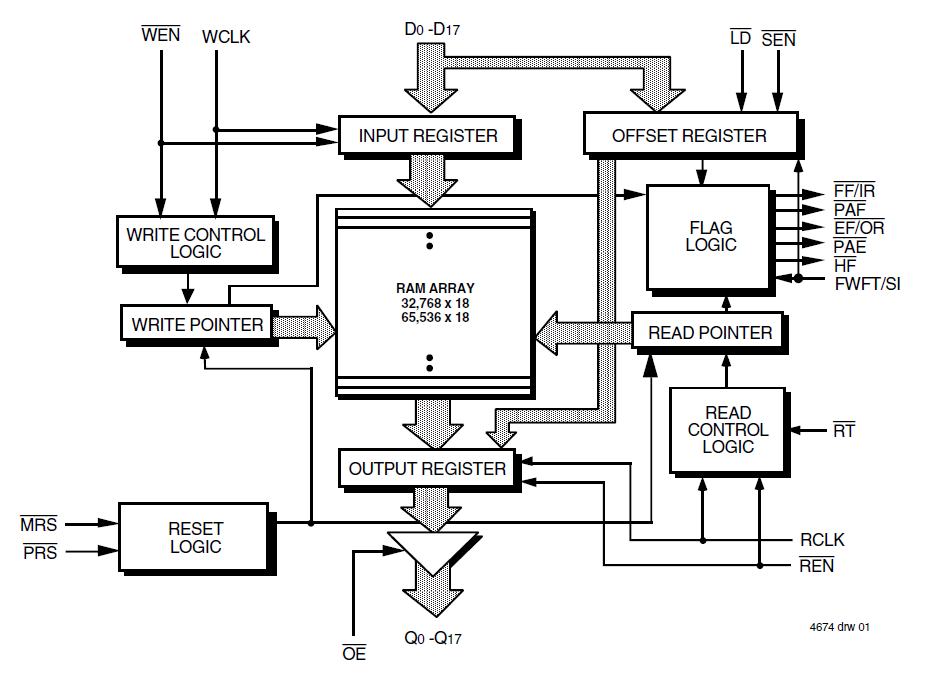Table Of Content
We will achieve a smaller P obtained value, and are more likely to reject the null hypothesis. In other words, good blocking variables decreases error, which increases statistical power. In our previous diet pills example, a blocking factor could be the sex of a patient. We could put individuals into one of two blocks (male or female). And within each of the two blocks, we can randomly assign the patients to either the diet pill (treatment) or placebo pill (control).
Crossover Design Balanced for Carryover Effects
The nuisance factor they are concerned with is "furnace run" since it is known that each furnace run differs from the last and impacts many process parameters. It is impossible to use a complete design (all treatments in each block) in this example because there are 3 sunscreens to test, but only 2 hands on each person. A resolvable 2-design is a BIBD whose blocks can be partitioned into sets (called parallel classes), each of which forms a partition of the point set of the BIBD.
Blocking (statistics)
However, a nuisance variable that will likely cause variation is gender. It’s likely that the gender of an individual will effect the amount of weight they’ll lose, regardless of whether the new diet works or not. Ideally I wouldn’t have to do the averaging over the nested observations and we would like to not have the misleading p-values for the plots. To do this, we only have to specify the nesting of the error terms and R will figure out the appropriate degrees of freedom for the covariates. When I analyze the fertilizer, I have 32 experimental units (the thing I have applied my treatment to), but when analyzing the effect of irrigation, I only have 8 experimental units. Fortunately in this case, we don’t care about the blocking variable and including it in the model was simply guarding us in case there was a difference, but I wasn’t interested in estimating it.
Nuisance Variables vs. Lurking Variables
A New Study Reports That Singapore HDBs Are The Most Affordable Housing In Major Asian Cities: Is This Really True? - Stacked
A New Study Reports That Singapore HDBs Are The Most Affordable Housing In Major Asian Cities: Is This Really True?.
Posted: Mon, 29 Aug 2022 07:00:00 GMT [source]
The ratio of mean squares of treatment over error gives us an F ratio that is equal to 14.44 which is highly significant since it is greater than the .001 percentile of the F distribution with three and nine degrees of freedom. Back to the hardness testing example, the experimenter may very well want to test the tips across specimens of various hardness levels. To conduct this experiment as a RCBD, we assign all 4 tips to each specimen.
20+ Graphic Design Statistics That You Should Know in 2024 - G2
20+ Graphic Design Statistics That You Should Know in 2024.
Posted: Wed, 13 Mar 2024 07:00:00 GMT [source]
Choose your blocking factor(s)
We are less likely to detect an effect of the treatment on the outcome variable if there is one. Implementing blocking in experimental design involves a series of steps to effectively control for extraneous variables and enhance the precision of treatment effect estimates. So what types of variables might you need to balance across your treatment groups? Blocking is most commonly used when you have at least one nuisance variable. A nuisance variable is an extraneous variable that is known to affect your outcome variable that you cannot otherwise control for in your experiment design. Block designs have applications in many areas, including experimental design, finite geometry, physical chemistry, software testing, cryptography, and algebraic geometry.
Comparing the CRD to the RCBD
More specifically, blocking is used when you have one or more key variables that you need to ensure are similarly distributed within your different treatment groups. The mathematical subject of block designs originated in the statistical framework of design of experiments. These designs were especially useful in applications of the technique of analysis of variance (ANOVA). In this case, we would have four rows, one for each of the four varieties of rice.
Statology Study
Once the participants are placed into blocks based on the blocking variable, we would carry out the experiment to examine the effect of cell phone use (yes vs. no) on driving ability. Those in each block will be randomly assigned into either treatment conditions of the independent variable, cell phone use (yes vs. no). As we carry out the study, participants' driving ability will be assessed. We can determine whether cell phone use has an effet on driving ability after controlling for driving experience.

Often blocking variables are not the variables that we are primarily interested in, but must nevertheless be considered. We already know how to deal with these variables by adding them to the model, but there are experimental designs where we must be careful because the experimental treatments are nested. Second, the blocking variable cannot interact with the independent variable. In the example above, the cell phone use treatment (yes vs. no) cannot interact with driving experience.
The fact that you are missing a point is reflected in the estimate of error. You do not have as many data points on that particular treatment. Before high-speed computing, data imputation was often done because the ANOVA computations are more readily done using a balanced design. There are times where imputation is still helpful but in the case of a two-way or multiway ANOVA we generally will use the General Linear Model (GLM) and use the full and reduced model approach to do the appropriate test. Basic residual plots indicate that normality, constant variance assumptions are satisfied. Therefore, there seems to be no obvious problems with randomization.
In the first example provided above, the sex of the patient would be a nuisance variable. For example, consider if the drug was a diet pill and the researchers wanted to test the effect of the diet pills on weight loss. The explanatory variable is the diet pill and the response variable is the amount of weight loss.
You can obtain the 'least squares means' from the estimated parameters from the least squares fit of the model. Switch them around...now first fit treatments and then the blocks. Is the period effect in the first square the same as the period effect in the second square?





